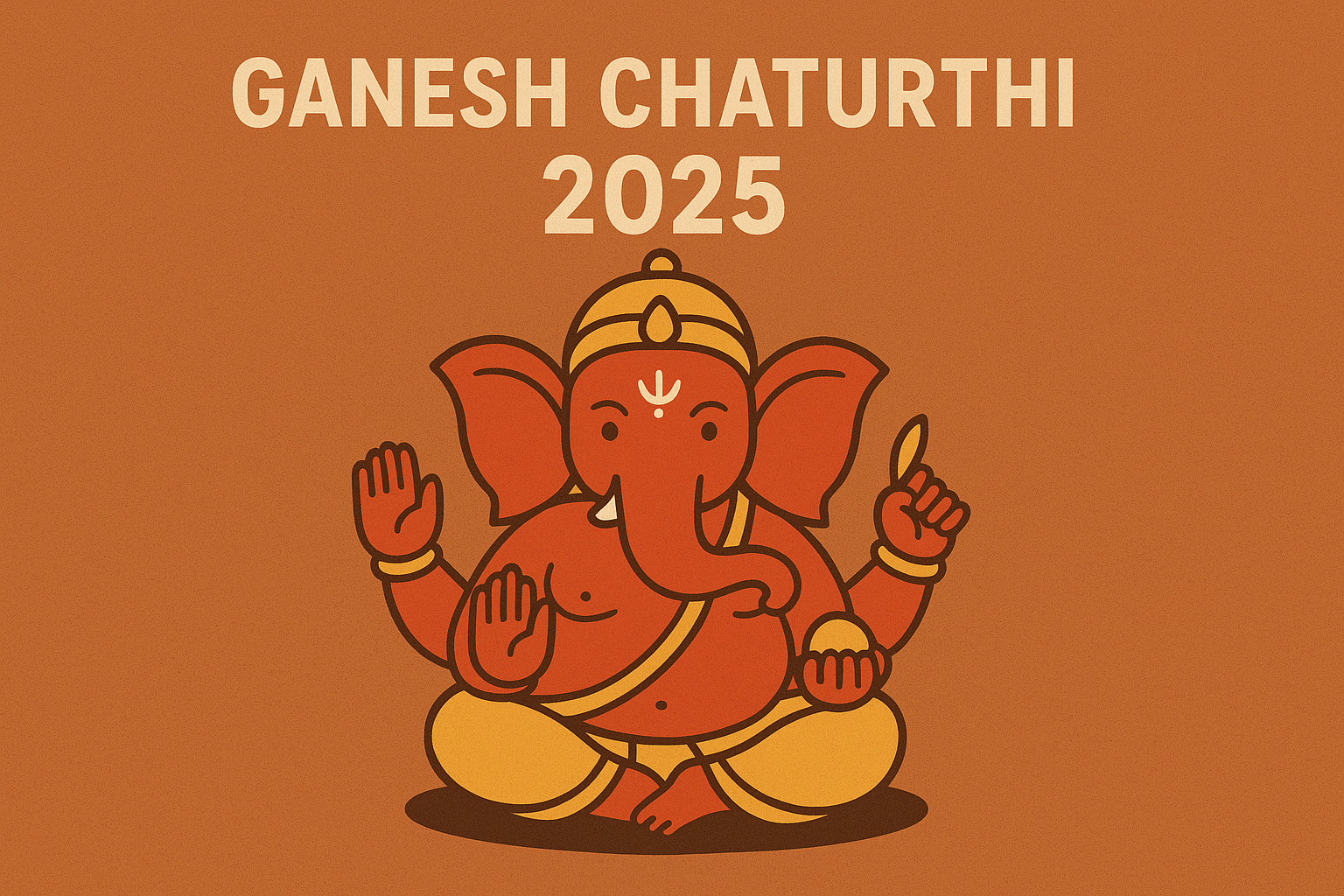
Ganesh Chaturthi 2025: Exploring Mumbai’s Famous Ganpati Pandals
Mumbai: If there is one festival that captures the essence of Mumbai’s resilience, creativity, and devotion, it is Ganesh Chaturthi. The 11-day celebration of Lord Ganesha transforms the city into a living museum of faith, art, and community spirit. Pandals across Mumbai aren’t just temporary structures—they are theatres of devotion, where history, tradition, and imagination converge.
This year, Ganesh Chaturthi begins on August 27, and once again, Mumbai’s legendary Ganpati pandals have unveiled idols and themes that promise to inspire awe. From Lalbaug to Andheri, Sion to Girgaon, each pandal carries not just an idol but a story. Here’s a journey through some of the most iconic pandals you must visit in 2025.
Lalbaugcha Raja: The People’s King
Since 1934, Lalbaugcha Raja has been more than an idol—it has been a promise. Devotees throng for hours, some even days, believing the “King of Lalbaug” has the power to grant wishes. This year, as it celebrates its 92nd year, the idol dazzles in a regal purple dhoti and a golden crown, reinforcing its title as the people’s Raja. Located in Parel’s Lalbaug Market, the immersion on Anant Chaturdashi is an emotional crescendo where faith meets farewell.
Mumbaicha Raja: Tradition Meets Temple Art
At Ganesh Galli, Lalbaug, the Mumbaicha Raja has been standing tall since 1928. Known for turning pandal design into an art form, the mandal reimagines famous temples each year. For 2025, the idol takes inspiration from the Rameshwaram Temple in Tamil Nadu, creating a space that is as much about cultural reverence as it is about devotion. It is a reminder that festivals are bridges across India’s vast spiritual geography.
GSB Seva Mandal Ganpati: The Richest Blessings
If Lalbaugcha Raja is about wish fulfillment, the GSB Seva Mandal in Sion is about opulence rooted in faith. Established in 1951, this five-day celebration is known as India’s richest Ganpati. Adorned with real gold and silver, the idol embodies prosperity, but the mandal also channels its wealth into philanthropy. At King’s Circle, the queues may be long, but the experience is unforgettable.
Chinchpokli Cha Chintamani: A Century of Faith
Few pandals embody community spirit like Chinchpokli Cha Chintamani, established in 1920. As it marks 105 years in 2025, the mandal continues to blend tradition with contemporary creativity. Famous for its colorful themes and vibrant decorations, the idol here isn’t just worshipped—it is celebrated, becoming a focal point of neighborhood bonding in Chinchpokli.
Andheri Cha Raja: The Fulfilled Vow
The Andheri Cha Raja in Azad Nagar is unique in many ways. Started in 1966 by blue-collar workers, the pandal is called “Navasala Pavnara Ganpati”—the Ganesha who fulfills vows. The idol remains for 15 days, longer than most, and is immersed five days after Anant Chaturdashi. For devotees in Andheri, it is less about grandeur and more about gratitude.
Parel Cha Raja: A Local Guardian
In Parel, devotion takes a simpler yet equally powerful form with the Parel Cha Raja. Known for drawing a loyal local following, this pandal represents blessings without frills. It is an example of how spirituality in Mumbai comes in many scales—from glittering gold to humble devotion.
Girgaon Cha Raja: The Eco-Friendly Pioneer
As sustainability becomes an urgent need, Girgaon Cha Raja has been ahead of the curve. This year, the mandal unveiled a stunning idol made from natural clay, carrying forward its reputation as an eco-friendly pioneer. Over the years, it has won numerous awards for promoting green practices, proving that devotion and responsibility can coexist.
The Larger Picture: Faith as Infrastructure
Ganesh Chaturthi in Mumbai is more than a festival—it is infrastructure for the soul of the city. In a metropolis known for its rush and chaos, the festival creates a rhythm of pause, prayer, and participation. Each pandal is not only a place of worship but also a symbol of civic creativity, neighborhood solidarity, and cultural pride.
As lakhs of devotees line up for darshan across Mumbai, the idols stand as reminders that while skyscrapers define the city’s skyline, it is faith that defines its heartbeat.





